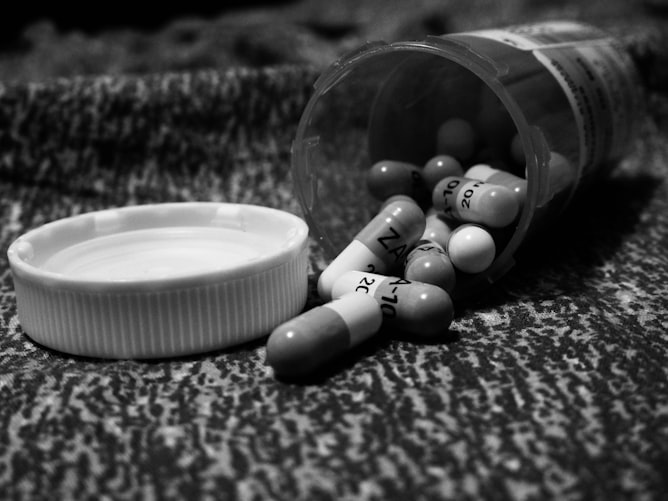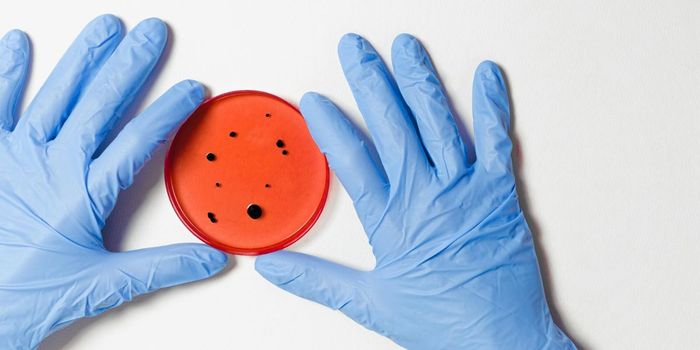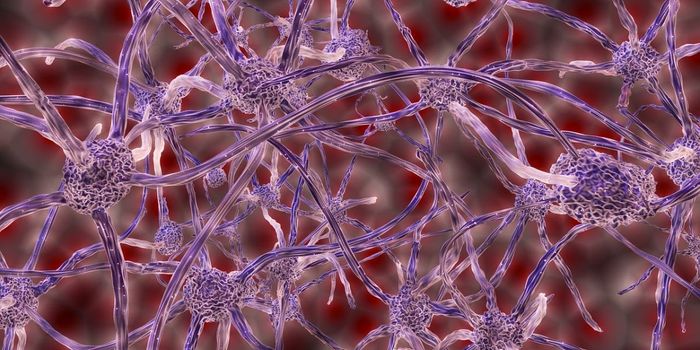Injectable Implant Drug Shows Promise for HIV Treatment
In a study published in Nature Communications, alternative treatment was shown to have promising results for HIV as opposed to a daily pill regimen. Scientists at the University of North Carolina at Chapel Hill have collaborated on a seven-year study working on an injectable drug for animal models of HIV.
"There is no FDA-approved or marketed technology for long-acting prevention of HIV, and we are the first to use this delivery method with multiple antiretroviral drugs," said Rahima Benhabbour, PhD, MSc, first author of the study and assistant professor in the UNC_NCSU Joint Department of Biomedical Engineering. "To have an HIV prevention treatment that consists of an injection once or twice a year would make an incredible impact for patients." She added, "This technology is not only promising for HIV, but for any kind of condition that requires a daily intake of medication. We're talking about a safe, removable, long-lasting injection that takes away the burden of adhering to a daily medication regimen."
Although plenty of antiretroviral drugs were used in both prevention and treatment of HIV, there stands many challenges in the way for adhering to these medication regimens.
"This especially applies to otherwise healthy people trying to prevent infection. In sub-Saharan Africa where prevalence of HIV is highest, accessibility to these medications can be difficult, and there is much stigma associated with the virus," Benhabbour said. "It is a very big deal for someone who doesn't have HIV to go out of their way to not only access the drugs, but then associate themselves with HIV by taking a pill every day."
There’s also the possibility of human error where patients often skip a day or forget to take the pills in a specific time—these small deviations do not matter with taking something like multivitamins but with antiretroviral drugs, they can through the results off.
"Because one of the biggest difficulties associated with HIV prevention is lack of adherence to drug treatment, we wanted to create a drug delivery system that essentially solved this problem," said senior author J. Victor Garcia, PhD, professor of medicine at UNC School of Medicine, director of the International Center for the Advancement of Translational Science and member of the UNC Center for AIDS Research.
The injectable implant drug is made of three components-- an organic solvent, a polymer, and the drug or drugs that need to be delivered. The formula leads to a honey-like liquid that becomes a solid upon injection under the skin.
"If a patient needs to withdraw from the treatment because they've had a bad reaction to the drug(s), or maybe a woman has become pregnant, our implant can be easily surgically removed," said Martina Kovarova, PhD, contributing author to the study and associate professor of medicine at UNC SOM.
Source: Science Daily










